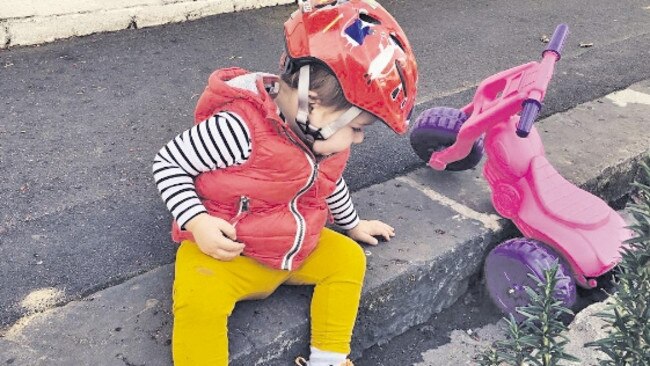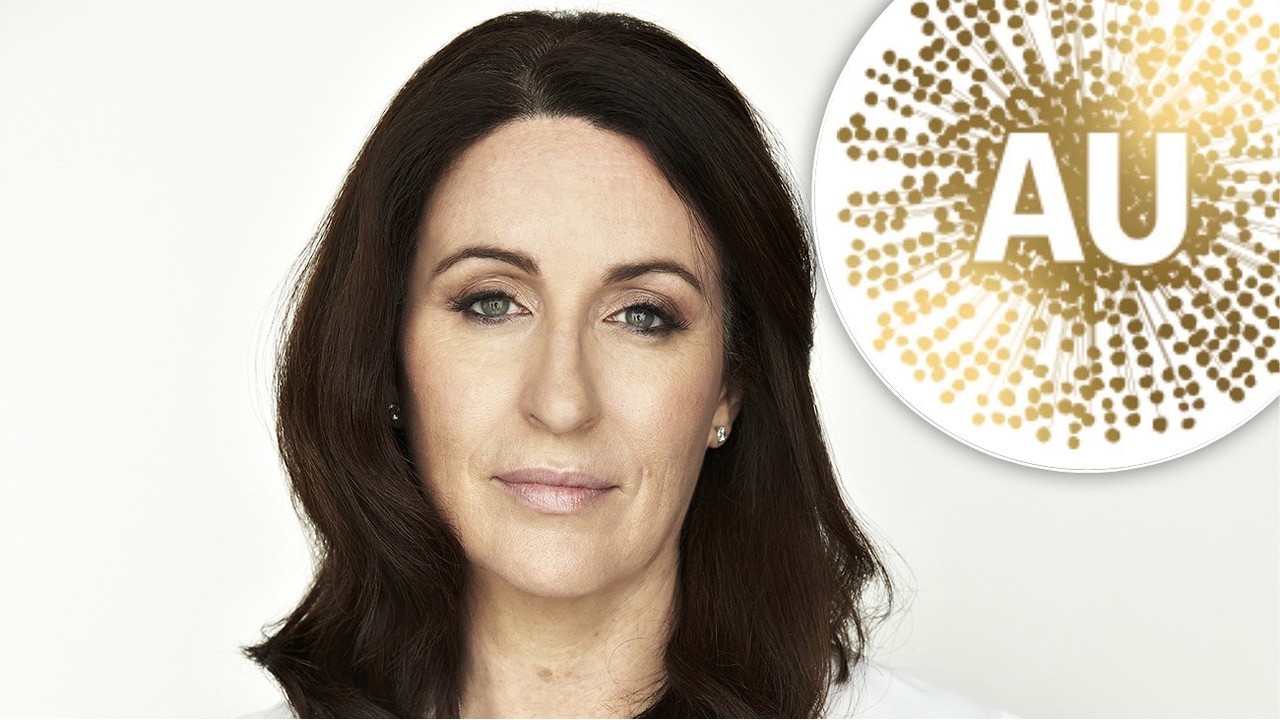Is ‘sharenting’ harming our kids?
The increasing prevalence of parents sharing photos and anecdotes of their children on social media could potentially be damaging.

Rendezview
Don't miss out on the headlines from Rendezview. Followed categories will be added to My News.
Once upon a time there was a little boy called Sonny Blake.
He lived in a house with his mum Zoe and his dad Hamish and he loved ice cream and fire trucks and playing in his cubby house. Sometimes he mixed up his apples with his strawberries and sometimes he looked annoyed at having his photo taken (again) but it only made him more adorable.
When Sonny was a baby his mum and dad put lots of pictures of him on Instagram which was understandable because he was very cute. Like babies are.
As he got bigger he started saying funny things. Like toddlers do.
But then something strange started happening.
Grown adults started treating him like he was a celebrity. They started quoting him whenever his parents posted a video clip of him saying words like “favwitt” instead of “favourite”, and “ya reckon”.
Some women said he made their ovaries hurt and that he was as funny as his parents even though he was only two and a half. Some started comparing him to Prince George and talking over their fancy-coloured drinks about who was the better looking. Some even said they were worried about having a baby of their own because “what if it wasn’t as cute as Sonny Blake”.

Before long Sonny had more than a million fans even though he was not an actor or related to Beyonce or the Royal Family or even the Trumps. BuzzFeed started writing “stories” about him with headlines such as 29 Times Hamish Blake’s Son Was The Cutest Kid You’ve Ever Seen.
Now lots of people had no problem with this. Sonny appeared to have a happy life and his parents were talented and hardworking and they made lots of people laugh in that nice way that isn’t mean.
Besides, it was hardly their fault that other people were fetishising their baby.
But this wouldn’t be a proper children’s story if there wasn’t a big bad wolf (or the occasional challenging word, see above).
The funny thing was, his mum seemed to sense there was something wrong because she was smart and not the sort who’d fail to spot a wolf even if it was wearing a red cape and hood. She said it was “weird” that strangers would come up to the family in the street and that Sonny was “going to have such a warped perception of life”.
“He’ll think everyone is super-friendly and knows his name,” she said. “He’s never going to know what it’s like to be an anonymous child.”
But when a very experienced journalist, whose job is to ask difficult questions, asked her about it, she got cranky. Which is also weird because she wasn’t the cranky sort.
“I spend my life with this child; it would be weirder for me never to post a photo of him. And we are as sure as shit not exploiting him,” she said.
Now if you’re a regular reader of children’s stories — yay to you if you are, take a sticker and have you tried The Magic Faraway Tree? — you’ll know that the bad guys are usually robbers or goblins or giants or stepmothers or trolls. They hide under bridges or huff and puff or stick children in the oven.

But what if I told you that in our story you couldn’t see the big bad wolf because he was invisible and would only be entering our story 15 years from now?
And what if experts in wolfery — a new unprecedented form of wolfery — were warning that what we were doing could be all wrong and we should be very, very careful? What if they even had a new word for this scary thing and it was called “sharenting”?
What if “sharenting” seemed like a lovely, fun thing to do but once you pulled the hood off, like the wolf in Little Red Riding Hood, you saw it was ugly and scary and damaging?
Still with me?
See the moral of the story is this: we don’t know what impact all this “sharenting” is going to have.
We don’t know if pictures of gorgeous blue-eyed boys like Sonny, happily showering with his dad, and innocently posted to the internet, are being shared by paedophiles.
We also don’t know if this first generation of social media kids are going to grow up and resent the invasion of their privacy. In years to come Sonny may be really cross that his parents showed off his tummy rolls and posted videos of his mispronounced words.
What if he’s an introvert or, heaven forbid, not funny?
Indeed, grown ups in big offices with names like the American Academy of Pediatrics are so concerned they’ve hired all the smartest doctors to investigate how this new wolf operates and how feral it might become.
And the smart doctors say we have to be really careful not just because the children could be eaten up by horrible people but because they have a right to privacy.
The End. Except it isn’t.



